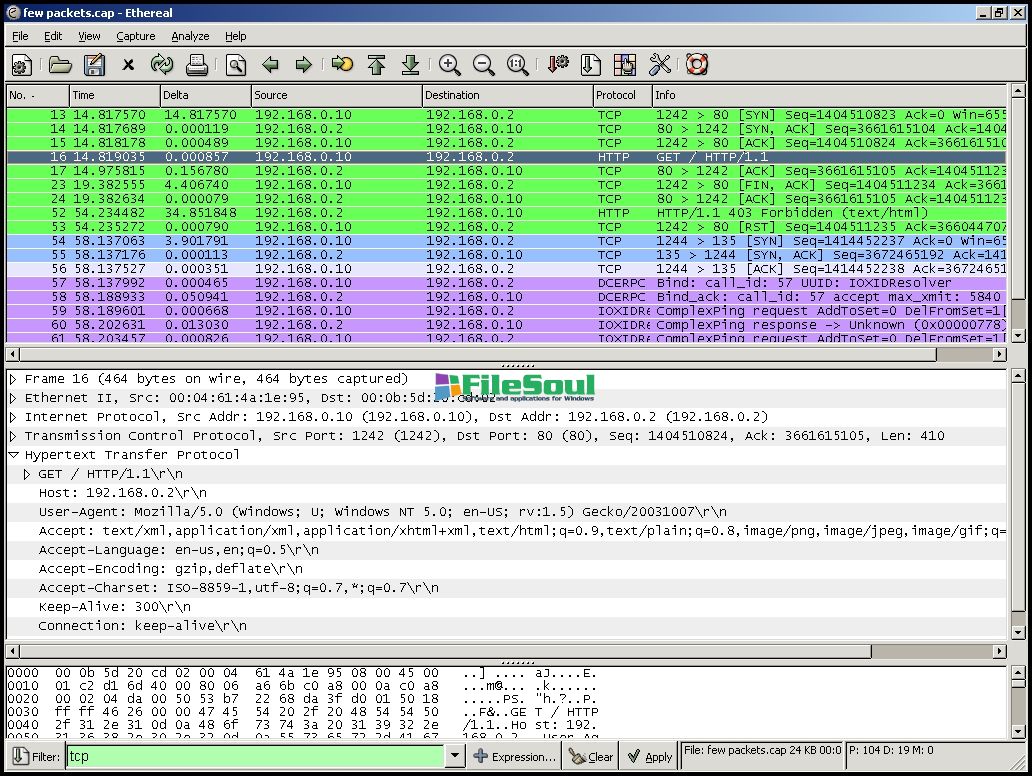

Receiver address: Broadcast (ff:ff:ff:ff:ff:ff)ĭestination address: Broadcast (ff:ff:ff:ff:ff:ff) Frame 10: 247 bytes on wire (1976 bits), 247 bytes captured (1976 bits) on interface 0 By the way, could the wireshark's filter directly apply. udp & length 443 invalid usage udp & eth.len 443 wrong result udp & ip.len 443 wrong result. On wireshark, I try to found what's the proper filter. I want to analysis those udp packets with 'Length' column equals to 443. Until you are sure of the specifics of this behavior, I suggest capturing everything and then use a display filter. I've capture a pcap file and display it on wireshark.

Not all frames in use contain this field, so by filtering on it at capture, you may miss traffic that you really want. It is possible to do a capture filter for just a specific BSSID but that is often problematic, depending on what you need. Once you have the SSID/BSSID matching (highlighted in a beacon below) then you can use a display filter for just this BSSID, as in wlan.bssid = įor example wlan.bssid = 00:11:22:33:44:55 There are other ways to get it if needed. Match up the BSSID fields for YOUR network(s), perhaps by matching SSID parameter in a beacon or probe response as the SSID parameter likely has your network name it is possible to hide this but for most home networks it is visible in the trace.


 0 kommentar(er)
0 kommentar(er)
